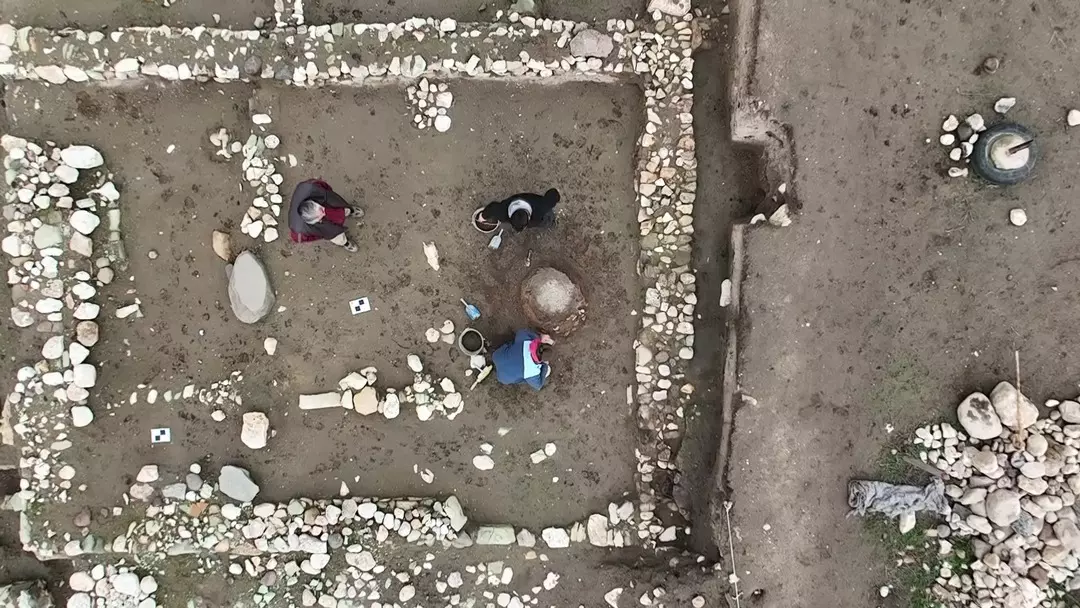The Roman Coliseum originally had a 9 ft high barrier separating the arena from the spectators, but following a tiger attack, the barrier was raised to 15 ft. Many exotic animals were used in the Coliseum during the Roman period, some of which are now extinct.
Tigers were native to a vast area ranging from Eastern Turkey to Southeast Asia, with the Caspian tiger being the most likely animal featured in Roman games. The Caspian tiger was officially declared extinct in 2003, but its population had been declining since the 19th century.
The population would have been significantly higher during the Roman period, with most imported tigers being female and smaller. Capturing female tigers involved sneaking into their dens and stealing their cubs.
The barber lion, a population of Asiatic lions native to North Africa, was also used in the Coliseum for entertainment and executing condemned criminals. The barbery lion went extinct in the 1960s and differed from African lions in size, with males weighing between 350-420 lb and females weighing between 220-285 lb.







